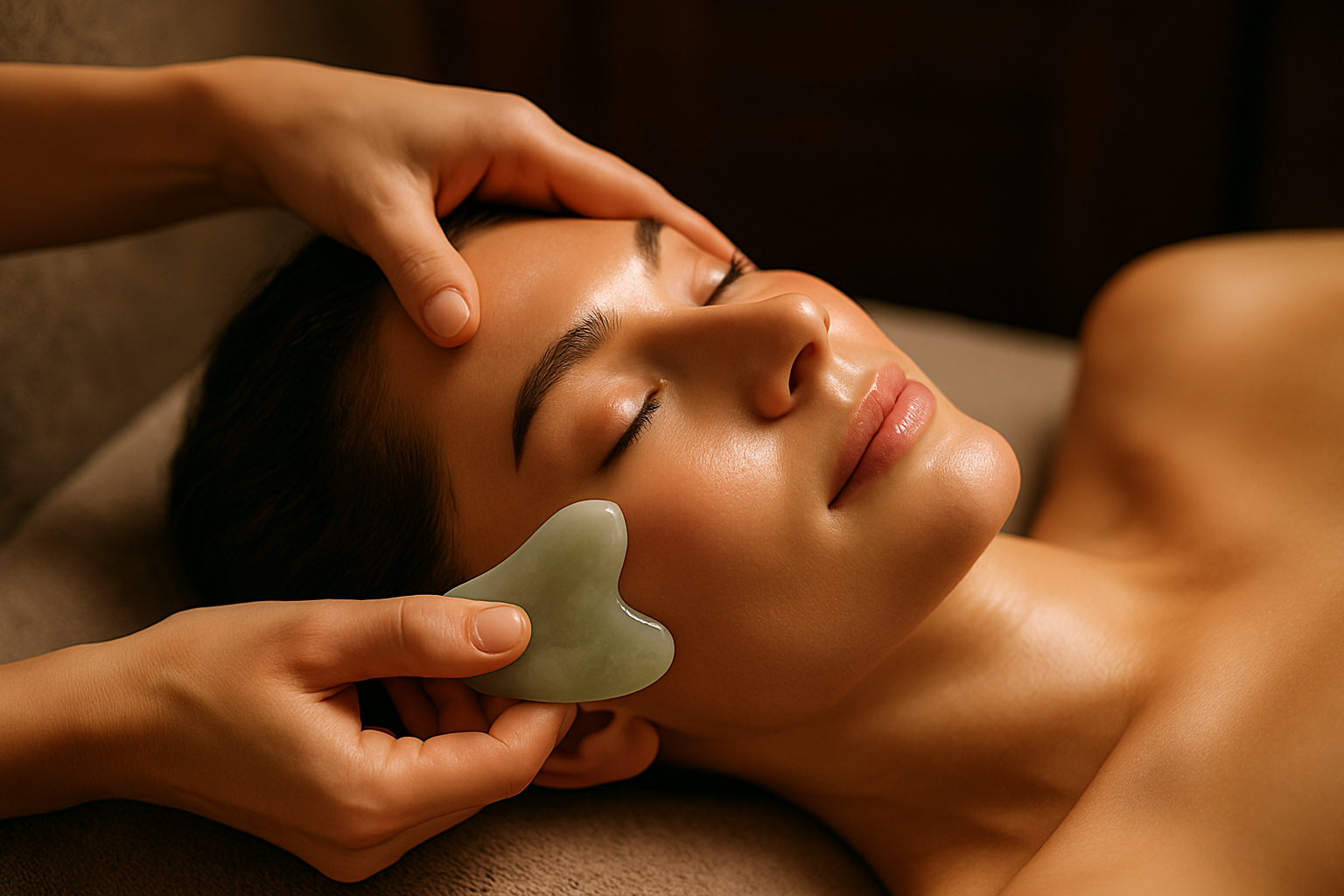Seaweed Wraps: Oceanic Bliss for Skin and Body
Seaweed wraps have emerged as a luxurious spa treatment that harnesses the power of marine botanicals for skin rejuvenation and detoxification. This oceanic therapy combines the mineral-rich properties of seaweed with the therapeutic effects of full-body wraps, offering a unique approach to beauty and wellness. As consumers increasingly seek natural, holistic treatments, seaweed wraps have gained popularity for their ability to nourish the skin, reduce water retention, and promote overall well-being. From high-end spas to at-home DIY treatments, this marine-inspired ritual is making waves in the beauty industry, promising a host of benefits derived from the sea's bounty.

The modern seaweed wrap treatment as we know it today began to take shape in the early 20th century. Thalassotherapy, the use of seawater and marine products for health and wellness, gained popularity in Europe, particularly in France. Spas along the Atlantic coast started offering seaweed baths and wraps, drawing inspiration from the traditional uses of seaweed by local fishing communities.
The Science Behind Seaweed Benefits
Seaweed is a powerhouse of nutrients, minerals, and bioactive compounds that make it exceptionally beneficial for the skin and body. Rich in iodine, vitamins A, C, and E, as well as minerals like magnesium, calcium, and potassium, seaweed offers a natural way to nourish and revitalize the skin.
One of the key components of seaweed is alginic acid, a polysaccharide that forms a protective film on the skin, helping to lock in moisture and promote hydration. This property makes seaweed particularly effective in improving skin elasticity and reducing the appearance of fine lines and wrinkles.
Furthermore, seaweed contains antioxidants that help protect the skin from free radical damage, which is a major contributor to premature aging. The high mineral content also aids in detoxification by drawing out impurities from the skin through osmosis.
Types of Seaweed Used in Wraps
Various species of seaweed are utilized in spa treatments, each offering unique benefits:
-
Bladder wrack (Fucus vesiculosus): Known for its high iodine content, it’s believed to boost metabolism and aid in cellulite reduction.
-
Laminaria digitata: This brown algae is rich in minerals and is often used for its detoxifying properties.
-
Ascophyllum nodosum: Also known as Norwegian kelp, it’s prized for its high antioxidant content and skin-firming effects.
-
Spirulina: While technically a microalga, it’s often included in seaweed treatments for its high protein content and nutrient density.
The Seaweed Wrap Experience
A typical seaweed wrap treatment begins with a gentle exfoliation to prepare the skin for optimal absorption of the seaweed’s nutrients. The therapist then applies a warm seaweed paste or places pre-soaked sheets of seaweed directly onto the skin. The body is then wrapped in plastic or thermal blankets to retain heat and enhance the penetration of active ingredients.
During the wrap, which usually lasts 20-30 minutes, clients often experience a sense of warmth and relaxation. Some may feel a slight tingling sensation as the seaweed works its magic. After the wrap is removed, a shower is taken to rinse off the seaweed, followed by the application of a moisturizer to lock in the benefits.
Benefits and Efficacy
Proponents of seaweed wraps claim a wide range of benefits, including:
-
Improved skin hydration and texture
-
Reduced appearance of cellulite
-
Detoxification through the elimination of toxins
-
Boosted circulation and lymphatic drainage
-
Temporary inch loss due to water reduction
-
Stress relief and relaxation
While anecdotal evidence supports many of these claims, scientific research on the efficacy of seaweed wraps is limited. Some studies have shown promising results in terms of improved skin hydration and temporary reductions in body measurements. However, more rigorous research is needed to fully validate the long-term benefits of seaweed wraps.
Incorporating Seaweed into Home Care
The popularity of seaweed wraps has led to the development of at-home treatments and products. DIY enthusiasts can create their own seaweed wraps using dried seaweed powder mixed with water or oils. However, it’s important to note that professional treatments often use specially formulated seaweed preparations that may be more potent and effective than DIY versions.
For those looking to incorporate seaweed into their daily skincare routine, numerous products now feature seaweed extracts, including:
-
Facial masks and serums
-
Body lotions and creams
-
Bath soaks and salts
-
Exfoliating scrubs
These products offer a convenient way to harness the benefits of seaweed without the full wrap experience.
Sustainability and Ethical Considerations
As the demand for seaweed in beauty and wellness products grows, concerns about sustainability have emerged. Over-harvesting of wild seaweed can disrupt marine ecosystems and deplete natural resources. To address these issues, many companies are turning to sustainably farmed seaweed, which can be grown without pesticides or fertilizers and has a minimal environmental impact.
Consumers are increasingly seeking transparency about the sourcing and production of seaweed products. Certifications such as COSMOS (COSMetic Organic Standard) and ECOCERT are becoming more common, assuring customers that products meet certain environmental and ethical standards.
Future Trends in Seaweed Beauty
The seaweed beauty market is poised for continued growth, with innovation driving new product development. Emerging trends include:
-
Personalized seaweed treatments based on individual skin types and concerns
-
Integration of seaweed into high-tech beauty devices for at-home use
-
Combination of seaweed with other natural ingredients for enhanced efficacy
-
Development of seaweed-based nutraceuticals for beauty from within
As research into the properties of different seaweed species continues, we can expect to see more targeted treatments and products that leverage the unique benefits of specific algae.
In conclusion, seaweed wraps represent a fascinating intersection of ancient wisdom and modern spa practices. While more research is needed to fully understand their efficacy, the sensory experience and potential benefits make them a popular choice for those seeking natural, ocean-inspired beauty treatments. As the beauty industry continues to evolve, seaweed wraps and related products are likely to remain a key player in the quest for holistic wellness and radiant skin.




